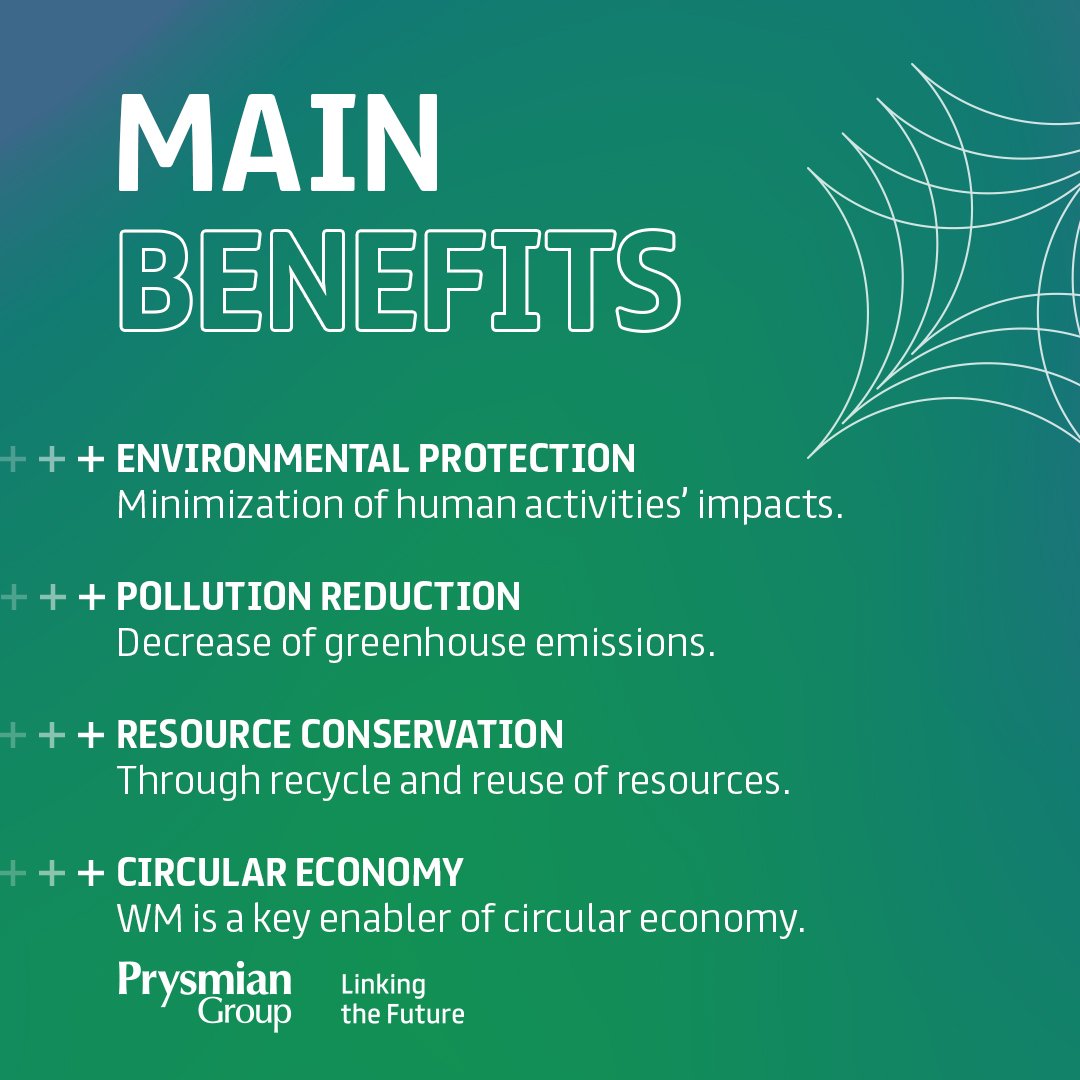Reclaim Waste Things To Know Before You Get This
Reclaim Waste Things To Know Before You Get This
Blog Article
The Ultimate Guide To Reclaim Waste
Table of ContentsThe Main Principles Of Reclaim Waste Getting The Reclaim Waste To WorkThe 6-Minute Rule for Reclaim Waste4 Simple Techniques For Reclaim WasteGetting My Reclaim Waste To Work
Check out the kinds, incidents, and types of fluid waste. Residential sewage waste refers to the waste and items from a property sewage-disposal tank. This kind of waste is developed by human beings in houses, schools, and other structures. This only consists of septic tanks that have a drainpipe area. The proper administration and disposal of domestic sewer waste need liquid waste to be moved to a sewage treatment plant where the appropriate approaches and devices are put on purify and throw away waste.
Business waste typically consists of potential hazards, such as combustible materials or a mixture of fluid and strong waste products, and needs an advanced and detailed disposal procedure. The disposal of business waste usually entails the filtration of waste before transport to guarantee secure and proper disposal. Hazardous waste is created from byproducts and runoff of commercial procedures and manufacturing.
This sort of waste can not use the same sewage management transportation or processes as septic or industrial fluids. The hazardous waste administration process requires the assessment and screening of liquid waste prior to it goes through the disposal process (industrial wastewater treatment). Drainage waste is the fluid waste that originates from overflow and excess stormwater in very populated locations or cities
Drainage waste can cause contamination and flooding otherwise handled correctly. Find out more about drain cleansing and waste administration. Making sure proper waste management can avoid calamities and minimize ecological harm. Both people in domestic setups and specialists in business or production markets can take advantage of understanding the processes and laws of fluid waste monitoring.
Reclaim Waste Fundamentals Explained
Contact PROS Providers today to learn more about our waste monitoring and disposal solutions and the correct ways to care for the fluid waste you generate.
(http://go.bubbl.us/e67627/7593?/Reclaim-Waste)Do you understand what happens to your water when you disengage, flush the toilet or drain pipes the washing maker? No? Well, it deserves understanding. This supposed 'wastewater' is not just a vital resource but, after therapy, will certainly be released to our land, waterways or the ocean. Made use of water from bathrooms, showers, bathrooms, kitchen sinks, washings and commercial processes is recognized as wastewater.

water used to cool machinery or tidy plant and equipment). Stormwater, a kind of wastewater, is runoff that flows from farming and metropolitan areas such as roofs, parks, gardens, roadways, courses and rain gutters right into stormwater drains pipes, after rainfall. Stormwater streams without treatment straight to local creeks or rivers, eventually reaching the ocean.
How Reclaim Waste can Save You Time, Stress, and Money.
In Queensland, most wastewater is dealt with at sewage treatment plants. Wastewater is delivered from residential or industrial websites through a system of drains and pump terminals, referred to as sewage reticulation, to a sewer therapy plant. Local federal governments develop, maintain and run most sewage therapy plants. Operators are certified under the Environmental Management Act 1994 to discharge cured wastewater at an appropriate ecological criterion right into rivers.
The Division of Natural Resources recommends regional governments regarding managing, operating and maintaining sewage systems and treatment plants. In unsewered locations, local governments may need homeowners to mount individual or family sewer therapy systems to treat domestic wastewater from commodes, kitchens, restrooms and laundries. The Division of Natural Resources authorises using family systems when they are confirmed to be efficient.
In some new subdivisions, therapy of some stormwater to remove trash, sand and crushed rock has begun using gross contaminant catches. Wastewater treatment occurs in four phases: Removes strong matter.
Wastewater after that streams into large storage tanks where solids clear up and are eliminated as sludge. Grease and residue are skimmed from the surface area. Uses little living organisms called micro-organisms to damage down and eliminate remaining liquified wastes and great bits. Micro-organisms and wastes are included in the sludge. Removes nitrogen and phosphorus nutrients that might cause algal look what i found blooms in our waterways and endanger marine life.
Getting My Reclaim Waste To Work
Nutrient removal is not readily available in all sewer therapy plants because it requires expensive specialised devices. It is coming to be much more usual in Queensland. Clear liquid effluent produced after treatment may still consist of disease-causing micro-organisms. If this effluent is launched into rivers such as rivers or the sea, the micro-organisms will at some point pass away out.

Most wastewater moves into the sewerage system. Under the Act, regional governments carry out approvals and permits for eco appropriate tasks (Periods) including wastewater releases that may have a local impact.
Some Known Details About Reclaim Waste
Or else, samples are taken for laboratory evaluation. Usually lots of tests are required to establish the degrees of each of the different contaminants such as oils, heavy metals and chemicals in water. Monitoring supplies valid info about water top quality and can verify that licence problems are being fulfilled. The information gotten via surveillance gives the basis for making water top quality choices.
Report this page